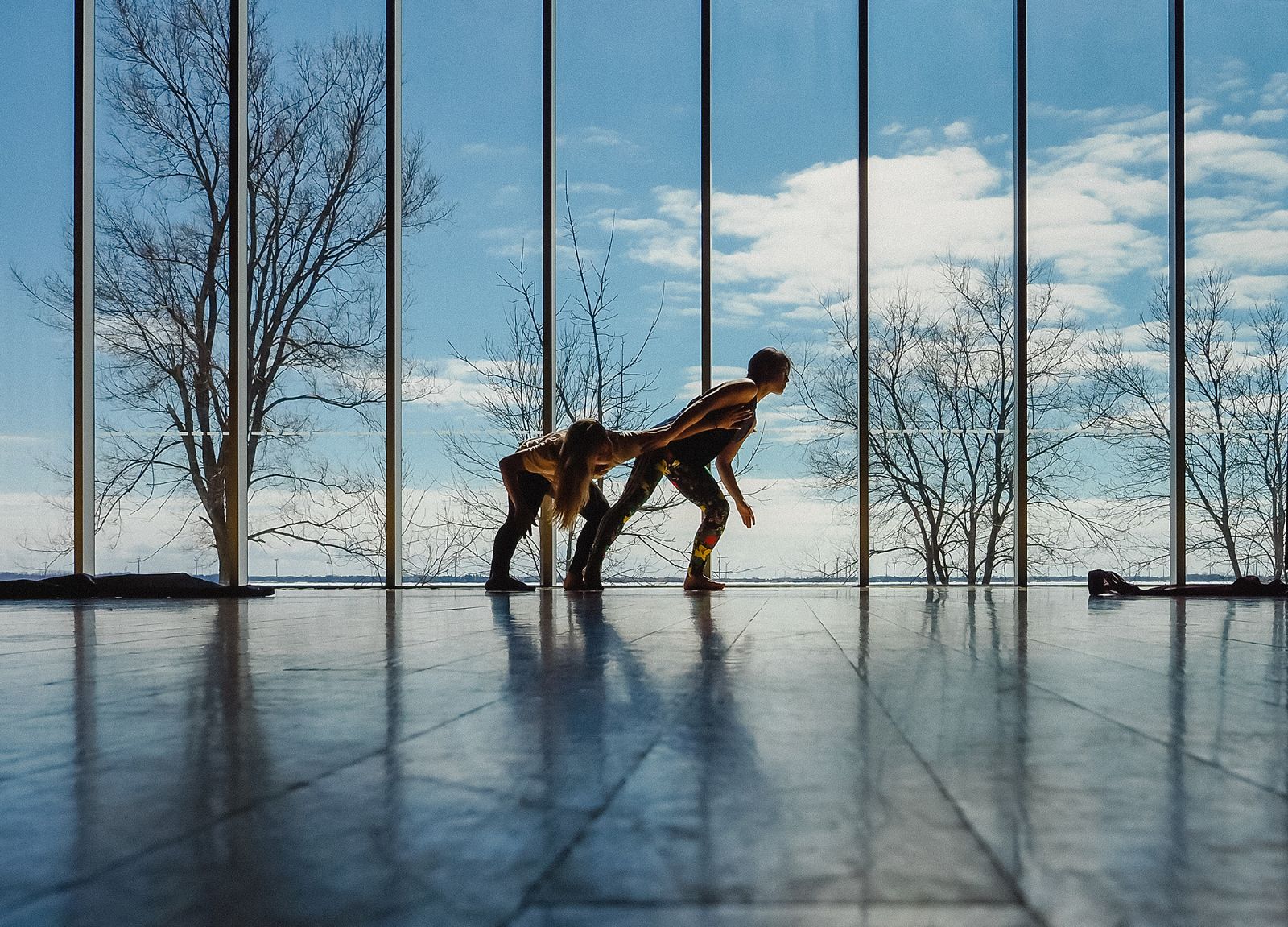Told through a constellation of places and temporal back-and-forths, Mud + Corn + Stone + Blue traces stories of the entangled lands of the United States and Central America. The exhibition hinges on major conflicts that have scarred the region since the 1960s and how their histories are entwined with that of U.S. agriculture through the corn industry. These conflicts include armed engagements in Guatemala (1960-1996), El Salvador (1980-1992), and Nicaragua (1979-1990); U.S. interventions in Honduras in the 1980s; and even the Tractorcade (1979) in the U.S. Corn Belt, when farmers drove more than 900 tractors to Washington, D.C. in protest of Cold War agricultural policy that had devastated small family farms across the Plains and Midwest. Across its long timeline, the exhibition centers on the years 1979-1981 to illustrate the overlap between the U.S. farming recession and the worst years of the armed conflicts in Central America, and how they are grounded in the same political and economic decisions around farming practices, ideas of land ownership and stewardship, migrant labor, and agricultural export.
Mud + Corn + Stone + Blue includes artwork from the U.S. Corn Belt and from Guatemala, Nicaragua, El Salvador, and Honduras. For the artists (many of whom have witnessed these events firsthand), it is important to make visible the connections between the natural world, agricultural reform, economic recession, military intervention, civil war, genocide, and mass migrations. These entanglements resist national borders and leap across time to connect disparate experiences when, since much of the artwork made during these crises has disappeared, artists rely on their own familial experience to fill in the gaps. Where there are holes, absences, and intractable silences in these histories marked by intertwined traumas—by grief, by mistranslation, by forgetting—artists engage in speculation to imagine the acts of sharing that might have been.
Rather than chronological or national groupings, works on view are organized in organic relationships with an archival throughline that commingles their complex political and agricultural histories. As the exhibition travels, Augusta continues the practice of convivencia (shared living) inscribed within her curatorial methodologies by engaging in context-specific acts of collaboration and conversation—including archival research, meetings with artists and community groups, and learning from activists—to better understand each place’s ties to this history. After opening in its first iteration later this month at the Rubin Center in El Paso, the exhibition will travel to the Lawndale Art Center (Houston, TX), the Tarble Arts Center (Charleston, IL), and the College of Wooster Art Museum (Wooster, OH) through 2026.
Artists: Anthony Almendárez; Francis Almendárez; Bryon Darby, Tim Hossler, and Paul Stock; Edgar Calel; Benvenuto Chavajay, Manuel Chavajay; Oscar René Cornejo; Leonardo González; Alejandro de la Guerra; Melissa Guevara; Lorena Molina; Tesora Molina-Garcia; Sandra Monterroso; Moe Penders; Angel Poyón; Fernando Poyón; James Dean Pruner; Matthew Regier; Arón Venegas; Diana Werts
Mud + Corn + Stone + Blue is a traveling exhibition curated by Laura Augusta, PhD, with Assistant Curator Henry Schulte. It is produced by Independent Curators International (ICI), New York in collaboration with the Stanlee & Gerald Rubin Center for Visual Arts at The University of Texas at El Paso. Mud + Corn + Stone + Blue is made possible with the generous support of ICI’s Board of Trustees and International Forum. It is supported in part by the National Endowment for the Arts. Exhibition graphics by Untitled Agency, Marrakech.
The presentation and programs at the Stanlee & Gerald Rubin Center for Visual Arts at The University of Texas at El Paso are supported by The Andy Warhol Foundation for the Visual Arts and The Mellon Foundation.









